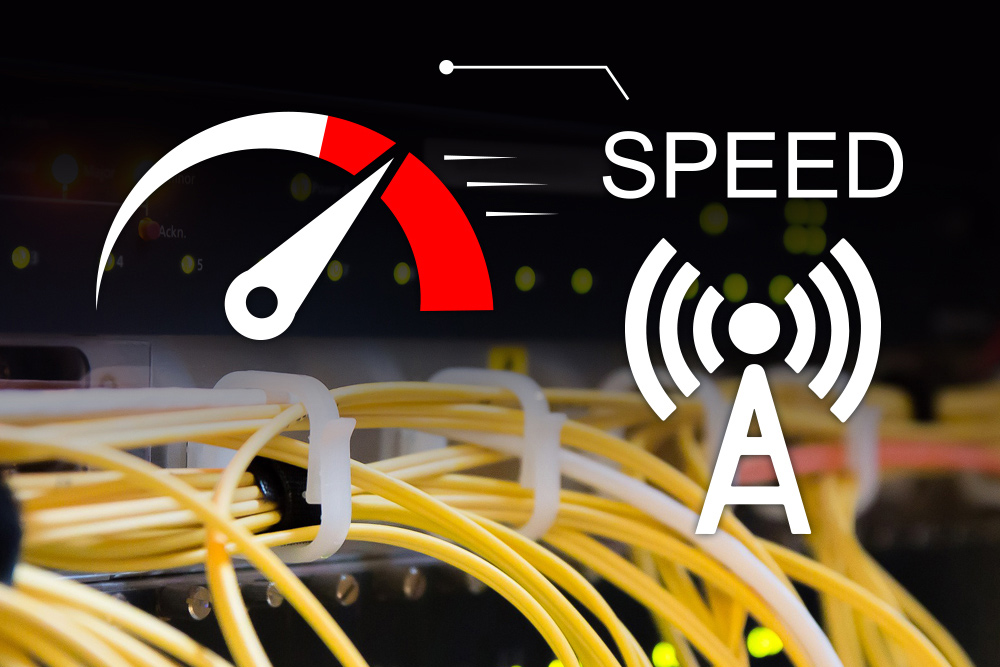There’s no question that physical access to broadband is crucial in gaining access to the Internet. It is important to note, however, that broadband is delivered through different technologies, and the type of technology is what determines the levels of speed delivered to your computer. Of course, there are several other factors that determine the speed of your connections. But, all of this affects how fast you can access the data, download files, or send and receive emails.
Speed Is Quality
The speed of your connection significantly determines the quality of the video you are watching. The same goes for an audio you are listening to. We all can relate to that frustrating delays. Yes, patience is a virtue, but waiting for a movie or a music to download is torture! Ever experienced watching a movie that stutters and freezes in mid-action? Your patience is really put to test. The worst part is when you get that “buffering” message displays on screen. Buffering means that your connection is not enough to handle the speed at which the video is being transmitted to your computer screen. It must, therefore, need time to collect data before it continues playback, in the same manner as to how your printer gathers data you send from your device to print.
When it comes to which type of application you are running, the speed of your connection will often set if it’s even possible to run the application in its full functions. Movie streaming wouldn’t be fun if it stops playing every few minutes, would it? So this begs the questions: How fast of a connection must you have to complete specific tasks and run certain programs?
Bandwidth in Comparison to Speed
Two different factors must be taken to consideration when it comes to measuring speed. Bandwidth refers to the size of the conduit in which the data is transmitting in between. Speed, on the other hand, refers to the rate at which the data is being transmitted. Now that we’ve differentiated one from the other, we can easily see that a larger bandwidth will allow more data to travel, which will also increase the rate at which it travels. However, this does not imply right away that the speed of your broadband connection is going to be the same as your bandwidth most of the time. Bandwidth simply points to the size of the “pipe” in which it is travelling.
Let’s take a look at transferring a file at 128Kbps (kilobits per second). If you begin to transfer another file, it will have to compete for bandwidth, thus, slowing your speed down. If you raise up your bandwidth by adding another 128Kbps ISDN line, then your first file will continue to travel at 128 Kbps and you can now transfer both files at the same speed without sacrificing speed. The idea is the same as a highway with a 65mph speed limit. Regardless of more lanes added in the highway to accommodate more vehicles, the speed is still at 65mph.
Which Technology Is Best?
Now that we’ve finally determine the speed you need to run the applications you have, which broadband technology is capable to deliver those speeds?
Knowing the difference between bandwidth and broadband, we can now tell that broadband is a high-speed Internet connection that’s also always on. The yesteryears of dial-up access, on the other hand, calls for a modem to initiate a 56Kbps connection to the Internet.
According to THEFOA and Fiber Optic Association Cebu, the pace of gigabit deployments has grown rapidly. Over 70 percent of the live gigabit deployments monitored have been released since the start of 2015, and the latest advancement of broadband technology is Fiber Optic broadband. The name comes from the use of plastic or glass cables that can transfer data almost at a speed of light. The speed can range from 500mbps to 1gbps. It’s practically the same as the standard broadband connections – only that it offers higher speeds.
Nexus-net is a fiber optic provider in Cebu with clients nationwide. It specializes in telecom fiber solutions, network optimization, and network design. Nexus handles everything from planning and training to the execution of projects.



